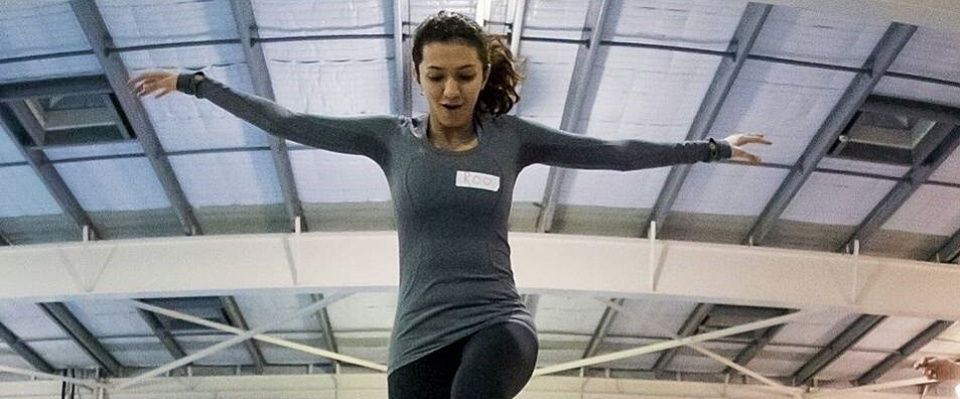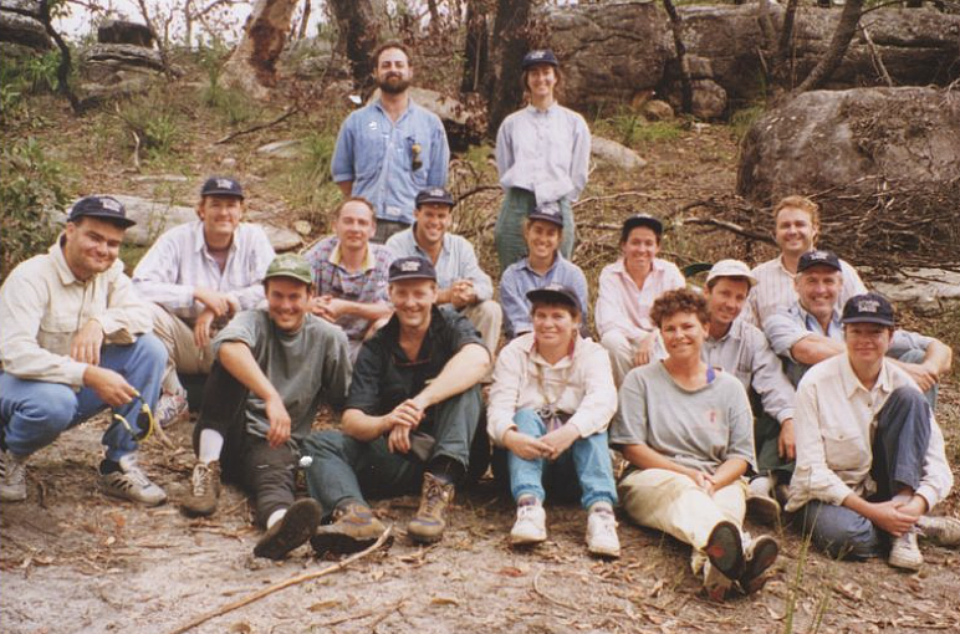
ICDA and BoardPro partnership unlocks digital governance tools for not-for-profits nationwide
Posted on 10 Dec 2025
Adele Stowe-Lindner, Executive Director, Community Directors The Institute of Community Directors…
Posted on 06 Aug 2024
By Matthew Schulz, journalist, Institute of Community Directors Australia

A growing coalition of charities and not-for-profits is achieving strategic wins in its battle for Australian not-for-profits to be properly funded.
Leaders of the Pay What It Takes Coalition outlined their latest efforts at the Philanthropy Australia conference in Adelaide this week, releasing new information about a campaign that has been building steam for three years.
Delegates got an early look at a package of materials produced with the help of the Australian Centre for Social Innovation (TACSI) that will be released in September.
The new resources are the latest in a multi-pronged Pay What It Takes effort aiming to counter the chronic underpayment of overheads to charities and not-for-profits and to encourage funders – including donors – to accept and pay for the true costs of the business of doing good.
In a masterclass for some of the country’s leading philanthropic, charity and fundraising representatives, the Coalition’s executive chair, Jo Taylor, from the Siddle Family Foundation, outlined the progress of the push for funders to properly cover costs.


Ms Taylor said the effort was being noticed at the highest levels, through influential submissions to the recent Productivity Commission review into Philanthropy, the NFP Sector Development Blueprint, and other authorities.
Ms Taylor said that members of the coalition and other philanthropic leaders were questioning the status quo across the nation to ensure that for-purpose organisations got the resources they needed.
She told attendees that existing funding practices had for too long forced organisations to underinvest in core costs, such as administration, salaries, technology and marketing. In many cases philanthropists, governments, the public and the media argued that overheads should be a small as possible.
But studies overseas and the 2022 Australian Paying What It Takes report had aimed to end “the starvation cycle” and inform a series of connected campaigns.
These have included provocative screenings of the film Uncharitable, multiple submissions to funders and governments, and an education campaign helping NFPs reset the overheads argument with stakeholders.
"There's no one solution, so we're trying to create materials that inspire people to recognise the challenge and the opportunities, and to pick it up and run with it."
Ms Taylor introduced conference delegates to three streams of the Pay What It Takes effort, with representatives of each sub-campaign joining her in a panel conversation. These included:

Mr Alluri outlined new tools that provided funders and organisations with self-assessments, principles, new information, a guide to calculating costs and help with transparency and communication.
He said the TACSI tools aimed to provide practical guidance within and outside organisations.
“It's amazing to be with all of you to introduce these tools and guides,” he said.
He said the work aimed to inform the full “spectrum of people who are completely not aware of what it means to be costing well”.
The information ranges from a “one-pager that you can put in front of your CEO, board member or funder” to detailed evidence to assist existing funders who are already “really serious about equitable funding”.

The head of fundraising at The Smith Family, Lisa Allan, who chairs a group of charity leaders involved in the Pay What It Takes effort, told the conference that the Reframe Overhead campaign had grown quickly since its launch in February.
Ms Allan and others on the conference panel wore bold white T-shirts reading in large blue letters: “Proudly pledged to talk differently about overhead”.
It’s just the latest in a snowballing effort that has seen hundreds of organisations pledge their support. At last count:
The Reframe Overhead group found the vast majority of fundraisers (94%) thought there were major issues in the way that NFP costs were represented and funded. But it also found that just 20% of donors considered overheads when deciding whether to give. As a result, nearly two-thirds of fundraisers believed they could spark change simply by changing the way they communicated.

Finally, Ms Helyar outlined how the ACT Government had accepted the principles outlined by the Pay What It Takes movement in its Sector Sustainability Project to steer $200 million in annual spending across the non-government sector.
A former CEO for the community sector peak in the ACT, Ms Helyar had been employed to help steer the project, describing her “community lead” role as not unlike that of a diplomat working to smooth the work between the community sector and government.
She said peak bodies for many years had developed their own studies that showed chronic underfunding, and it was part of the reason she was recruited for the role.
An ACT Government update published online said the Government had drawn on a joint study with the community sector in that territory in agreeing “to make sure funding adequately reflects the real cost of services, as well as the impact of increased demand”.
Last month, the ACT Government agreed to update its funding policies and procedures to “support mutual understanding and clarity of expectations about funding requirements”. It will continue developing “a sustainable resourcing and relationship model with the community sector in the ACT”.
While Ms Helyar told delegates the model was still “under construction”, it was already showing the way for other states and territories, with the NSW Government understood to be exploring a similar model.
Speaking outside the conference session, Ms Taylor said the Pay What It Takes campaign proved that tackling the underpayment problem could work if the sector approached the problem in more than one way.
“We know there's a problem and we know that there is going to be a lot of different ways that we can crack this problem. There's no one solution, so we're trying to create materials that inspire people to recognise the challenge and the opportunities, and to pick it up and run with it, to adapt it, and to show their own leadership in this issue.”
Pay What It Takes report | LinkedIn
Reframe Overhead report and resources | LinkedIn

Posted on 10 Dec 2025
Adele Stowe-Lindner, Executive Director, Community Directors The Institute of Community Directors…

Posted on 10 Dec 2025
The Australia Institute has called on the federal government to force Australian businesses to be…

Posted on 10 Dec 2025
Economic empowerment is essential to enabling recovery, restoring agency and preventing future…
Posted on 10 Dec 2025
A long-time advocate for rough sleepers in northern New South Wales has been named her state’s…

Posted on 10 Dec 2025
What a year 2025 has been, particularly at a national level where the Parliament and politics as we…

Posted on 10 Dec 2025
Anyone working in an organisation knows it: meetings follow one after another at a frantic pace. On…

Posted on 10 Dec 2025
As a qualified yoga instructor who learned the practice in her hometown of Mumbai, Ruhee Meghani…

Posted on 10 Dec 2025
Community Directors trainer Jon Staley knows from first-hand experience the cost of ignoring…

Posted on 10 Dec 2025
Stressed, overwhelmed, exhausted… if you’re on a not-for-profit board and these words sound…

Posted on 10 Dec 2025
The Institute of Community Directors Australia trains over 22,000 people each year, which gives us…

Posted on 09 Dec 2025
The late Sir Vincent Fairfax is remembered as a business leader, a chairman of AMP, and an active…

Posted on 08 Dec 2025
A pioneering welfare effort that helps solo mums into self-employment, a First Nations-led impact…